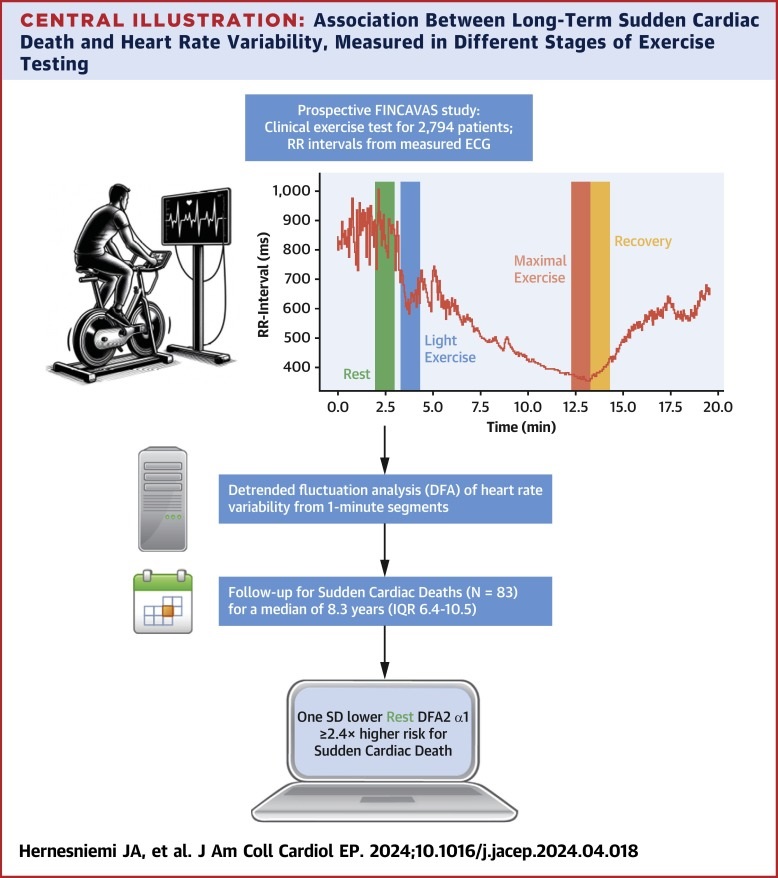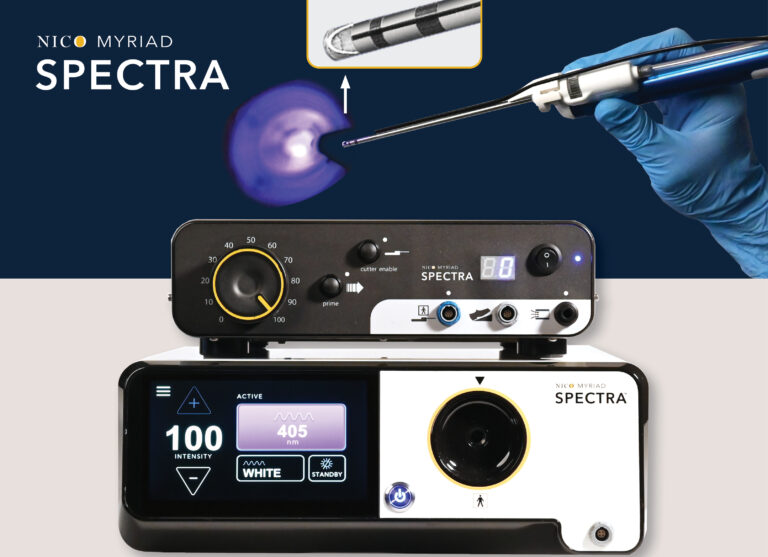Selfies' May Improve Remote Diabetic Foot Monitoring
|
By HospiMedica International staff writers Posted on 23 Nov 2021 |
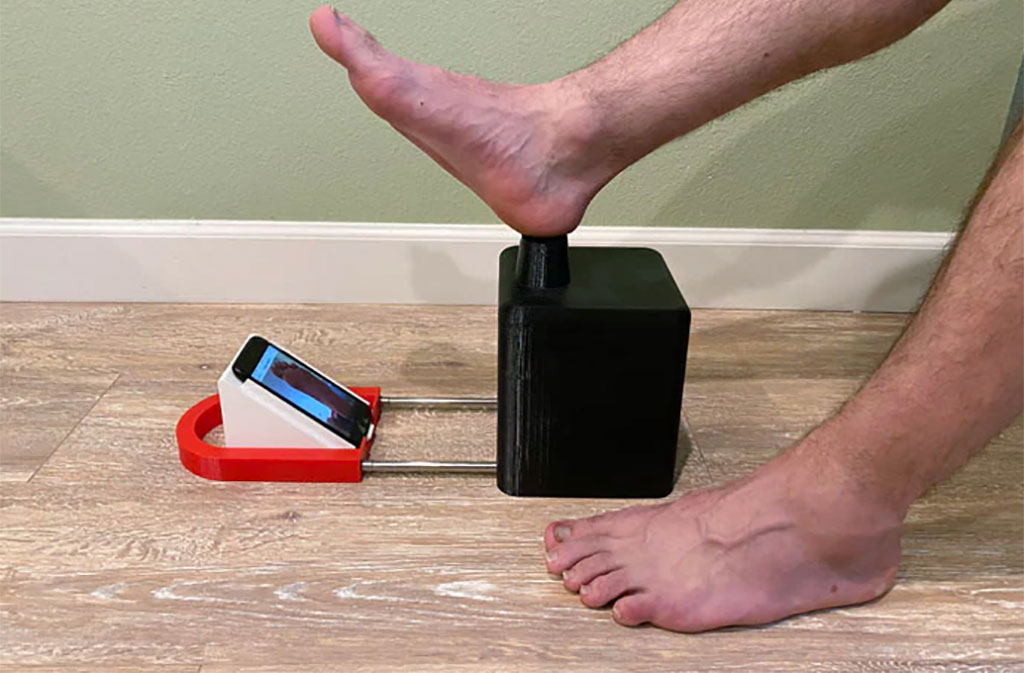
Image: The Foot Selfie System (Photo courtesy of Mark Swerdlow/ USC)
A simple 3D-printed device allows patients to take standardized photos of the entire plantar surface of their feet with a phone app, using voice commands.
Developed at the University of Southern California (USC; Los Angeles, USA), the “Foot Selfie” device is a smartphone-based positioning device that enables patients to monitor diabetic foot ulcers (DFUs) without assistance and transmit the images to a remote server. The 3D system consists of a heel platform, a smartphone holder, and a base that connects the two via telescoping rods. The Foot Selfie smartphone app, for both iOS and Android, directs users to take voice-activated photos, view them, and upload them for review by healthcare providers, flagging concerns.
In a pilot study, 15 patients from a limb-salvage clinic were asked to image the plantar surface of their feet daily for six months and to evaluate the system by questionnaire at five time points. The results showed that the participants uploaded images on a median of 76% of eligible study days. In all, 12 active wounds and 39 pre-ulcerative lesions were monitored. Healing of seven wounds and reversal of 20 pre-ulcerative lesions were observed during the study period. The study was published on October 31, 2021, in Journal of Diabetes Science and Technology.
“Participants rated the system as useful, empowering, and preferable to their previous methods of foot screening. With minimal training, patients transmitted diagnostic-quality images from home on most days, allowing clinicians to review serial images,” said lead author and device developer Mark Swerdlow, MSc. “Further studies are needed to determine whether it can reduce morbidity of DFUs and/or the associated cost of care. Artificial intelligence integration could improve scalability.”
Diabetes patients often suffer from nerve and circulation problems in the feet, which reduce their perception of pain. The nerve pathways that ensure that weight is automatically transferred from one foot to the other during prolonged standing are disrupted, and as a result, diabetics do not notice that their toes, heels, or the balls of their feet are too heavily loaded. The foot receives no relief, and pressure sores, DFUs, and infections may go unnoticed. Serious cases may even lead to amputation.
Related Links:
University of Southern California
Developed at the University of Southern California (USC; Los Angeles, USA), the “Foot Selfie” device is a smartphone-based positioning device that enables patients to monitor diabetic foot ulcers (DFUs) without assistance and transmit the images to a remote server. The 3D system consists of a heel platform, a smartphone holder, and a base that connects the two via telescoping rods. The Foot Selfie smartphone app, for both iOS and Android, directs users to take voice-activated photos, view them, and upload them for review by healthcare providers, flagging concerns.
In a pilot study, 15 patients from a limb-salvage clinic were asked to image the plantar surface of their feet daily for six months and to evaluate the system by questionnaire at five time points. The results showed that the participants uploaded images on a median of 76% of eligible study days. In all, 12 active wounds and 39 pre-ulcerative lesions were monitored. Healing of seven wounds and reversal of 20 pre-ulcerative lesions were observed during the study period. The study was published on October 31, 2021, in Journal of Diabetes Science and Technology.
“Participants rated the system as useful, empowering, and preferable to their previous methods of foot screening. With minimal training, patients transmitted diagnostic-quality images from home on most days, allowing clinicians to review serial images,” said lead author and device developer Mark Swerdlow, MSc. “Further studies are needed to determine whether it can reduce morbidity of DFUs and/or the associated cost of care. Artificial intelligence integration could improve scalability.”
Diabetes patients often suffer from nerve and circulation problems in the feet, which reduce their perception of pain. The nerve pathways that ensure that weight is automatically transferred from one foot to the other during prolonged standing are disrupted, and as a result, diabetics do not notice that their toes, heels, or the balls of their feet are too heavily loaded. The foot receives no relief, and pressure sores, DFUs, and infections may go unnoticed. Serious cases may even lead to amputation.
Related Links:
University of Southern California
Latest Patient Care News
- First-Of-Its-Kind Portable Germicidal Light Technology Disinfects High-Touch Clinical Surfaces in Seconds
- Surgical Capacity Optimization Solution Helps Hospitals Boost OR Utilization

- Game-Changing Innovation in Surgical Instrument Sterilization Significantly Improves OR Throughput
- Next Gen ICU Bed to Help Address Complex Critical Care Needs
- Groundbreaking AI-Powered UV-C Disinfection Technology Redefines Infection Control Landscape
- Clean Hospitals Can Reduce Antibiotic Resistance, Save Lives
- Smart Hospital Beds Improve Accuracy of Medical Diagnosis
- New Fast Endoscope Drying System Improves Productivity and Traceability
- World’s First Automated Endoscope Cleaner Fights Antimicrobial Resistance
- Portable High-Capacity Digital Stretcher Scales Provide Precision Weighing for Patients in ER
- Portable Clinical Scale with Remote Indicator Allows for Flexible Patient Weighing Use
- Innovative and Highly Customizable Medical Carts Offer Unlimited Configuration Possibilities
- Biomolecular Wound Healing Film Adheres to Sensitive Tissue and Releases Active Ingredients
- Wearable Health Tech Could Measure Gases Released From Skin to Monitor Metabolic Diseases
- Wearable Cardioverter Defibrillator System Protects Patients at Risk of Sudden Cardiac Arrest
- World's First AI-Ready Infrasound Stethoscope Listens to Bodily Sounds Not Audible to Human Ear
Channels
Critical Care
view channel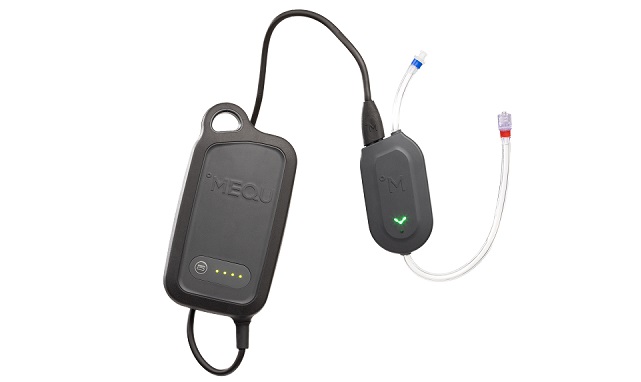
Portable System for Warming Blood and IV-Fluids Reduces Hypothermia Risk in Hemorrhaging Patients
Maintaining a normothermic temperature in patients is often challenging. Accidental hypothermia is a known risk that can lead to increased complications and extended hospital stays. One key factor contributing... Read more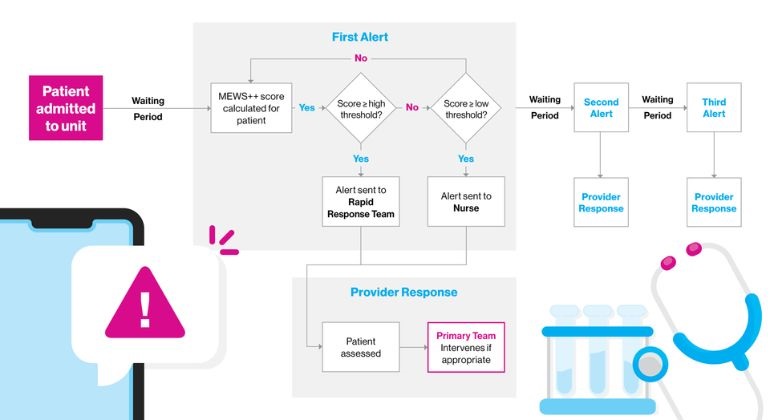
AI-Generated Real-Time Alerts for Declining Health Speeds Up Treatment and Reduces Hospital Deaths
A fundamental objective of inpatient care is the timely intervention to prevent or manage clinical deterioration, which often leads to escalated care associated with poorer outcomes and increased use of resources.... Read more
Ingestible Microbiome Sampling Pill to Help Diagnose Wide Range of Health Conditions
The healthy human gut is home to more than 1,000 species of bacteria, most of which play a beneficial role in digestion and protecting against disease. When the natural balance of these microbes is disrupted,... Read moreSurgical Techniques
view channel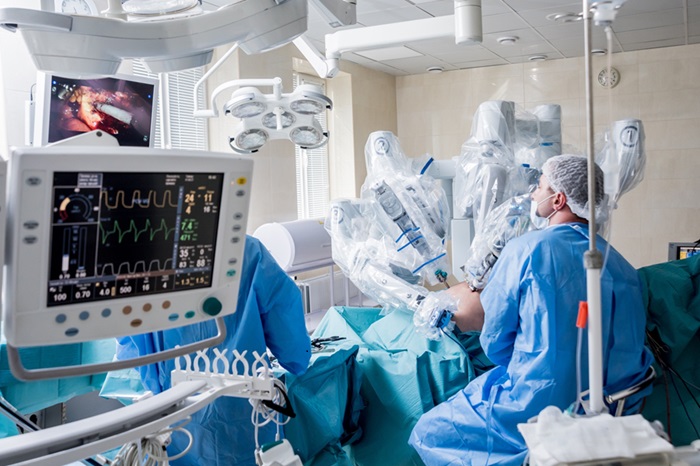
Total Robotic Metabolic and Bariatric Surgery Proves More Beneficial than Conventional Laparoscopy
According to the U.S. Centers for Disease Control and Prevention (CDC), 42.4% of Americans are affected by obesity. Research indicates that obesity can compromise the immune system, trigger chronic inflammation,... Read moreWirelessly Activated Robotic Device Aids Digestion in Patients with Compromised Organs
The transport of fluids and solids is essential in the human body, driven by a wave-like movement in the lumen known as peristalsis. However, peristalsis can be disrupted in patients who have obstructions... Read moreHealth IT
view channel
Machine Learning Model Improves Mortality Risk Prediction for Cardiac Surgery Patients
Machine learning algorithms have been deployed to create predictive models in various medical fields, with some demonstrating improved outcomes compared to their standard-of-care counterparts.... Read more
Strategic Collaboration to Develop and Integrate Generative AI into Healthcare
Top industry experts have underscored the immediate requirement for healthcare systems and hospitals to respond to severe cost and margin pressures. Close to half of U.S. hospitals ended 2022 in the red... Read more
AI-Enabled Operating Rooms Solution Helps Hospitals Maximize Utilization and Unlock Capacity
For healthcare organizations, optimizing operating room (OR) utilization during prime time hours is a complex challenge. Surgeons and clinics face difficulties in finding available slots for booking cases,... Read more
AI Predicts Pancreatic Cancer Three Years before Diagnosis from Patients’ Medical Records
Screening for common cancers like breast, cervix, and prostate cancer relies on relatively simple and highly effective techniques, such as mammograms, Pap smears, and blood tests. These methods have revolutionized... Read morePoint of Care
view channel
POCT for Infectious Diseases Delivers Laboratory Equivalent Pathology Results
On-site pathology tests for infectious diseases in rural and remote locations can achieve the same level of reliability and accuracy as those conducted in hospital laboratories, a recent study suggests.... Read more
Cartridge-Based Hemostasis Analyzer System Enables Faster Coagulation Testing
Quickly assessing a patient's total hemostasis status can be critical to influencing clinical outcomes and using blood products. Haemonetics Corporation (Boston, MA, USA) has now obtained 510(k) clearance... Read more
Critical Bleeding Management System to Help Hospitals Further Standardize Viscoelastic Testing
Surgical procedures are often accompanied by significant blood loss and the subsequent high likelihood of the need for allogeneic blood transfusions. These transfusions, while critical, are linked to various... Read moreBusiness
view channel
BD Acquires Edwards Lifesciences' Critical Care Product Group for USD 4.2 Billion
BD (Becton, Dickinson and Company, Franklin Lakes, NJ, USA) and Edwards Lifesciences (Irvine, CA, USA) have entered into a definitive agreement under which BD will acquire Edwards' Critical Care product... Read more













